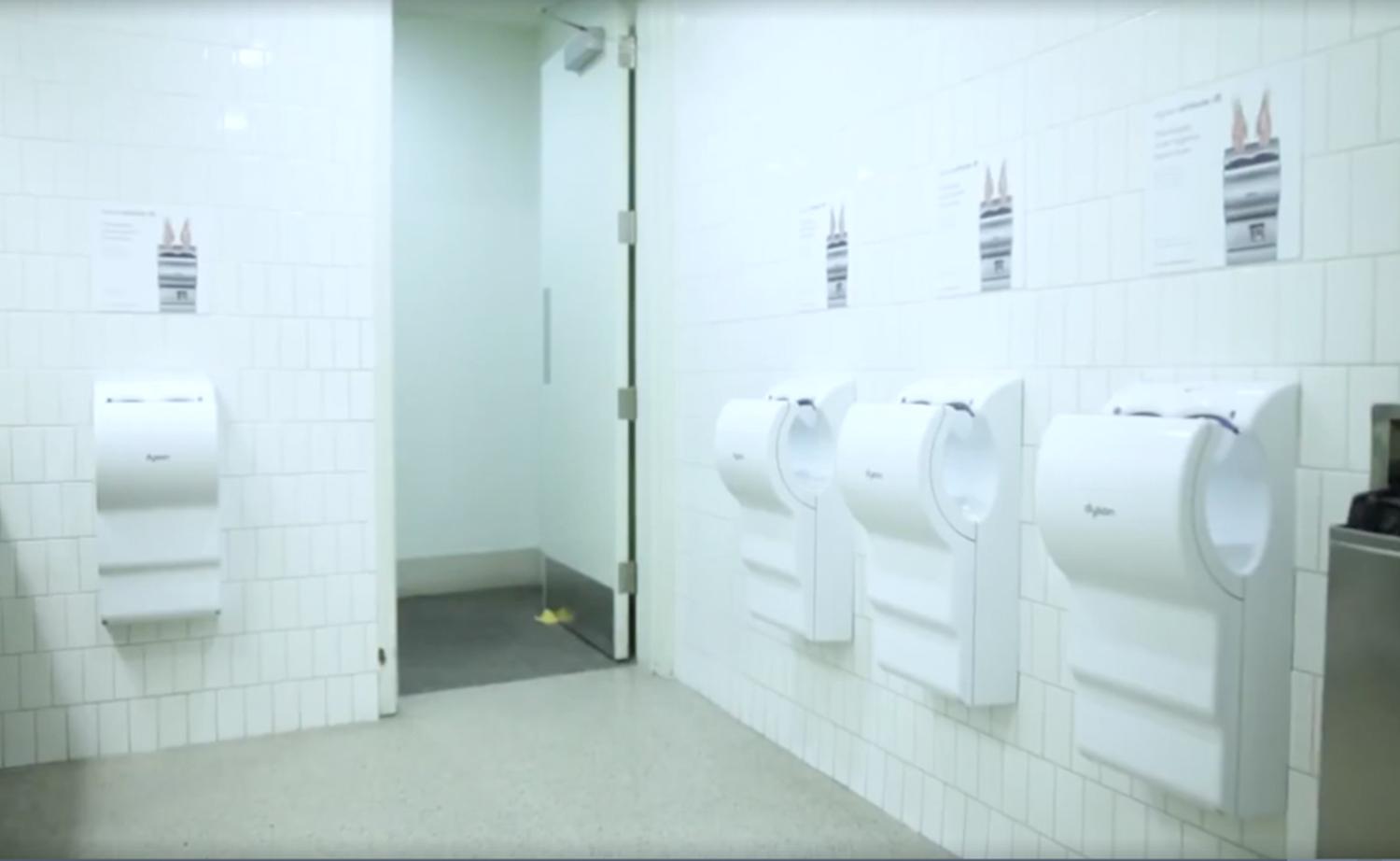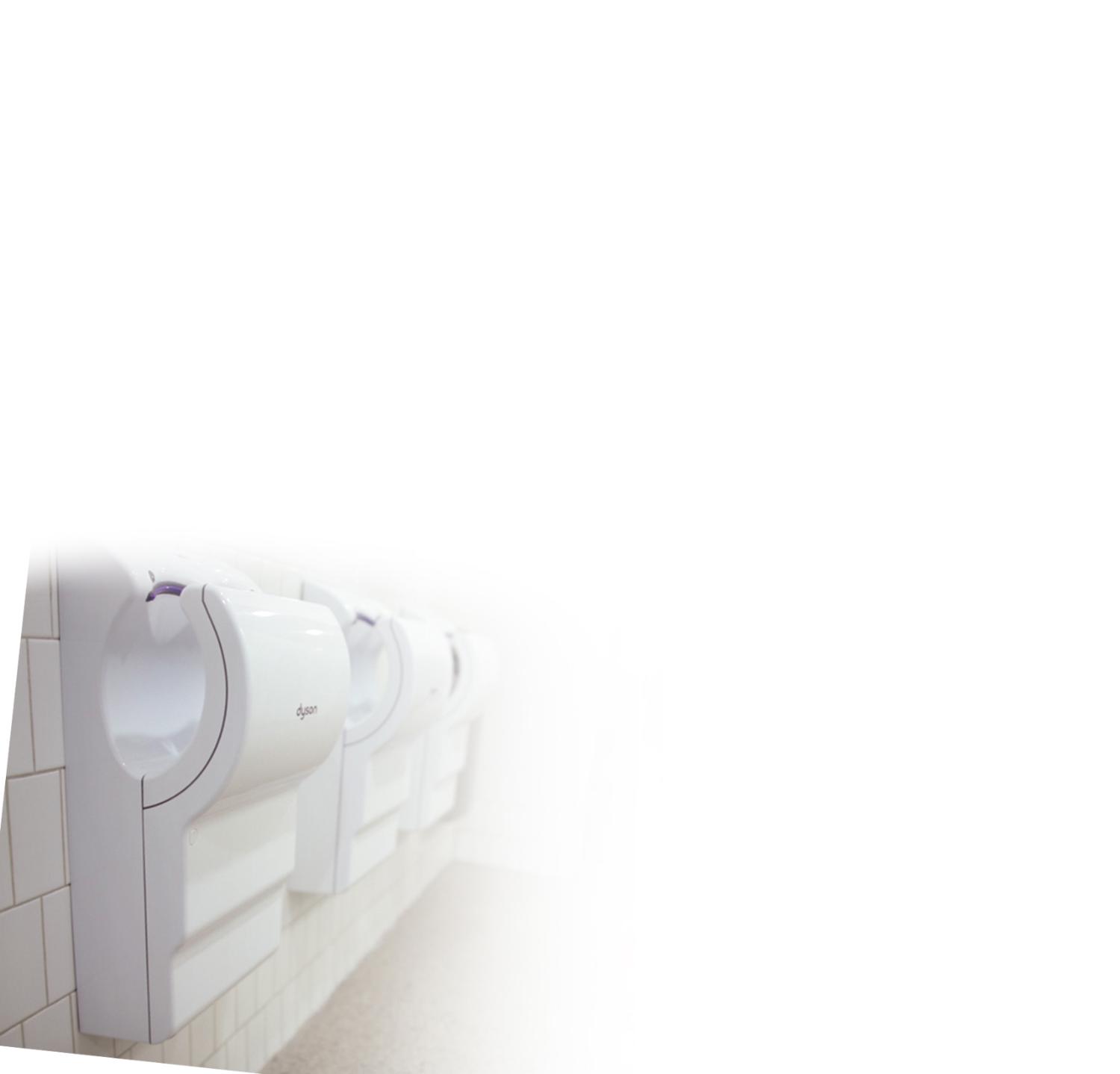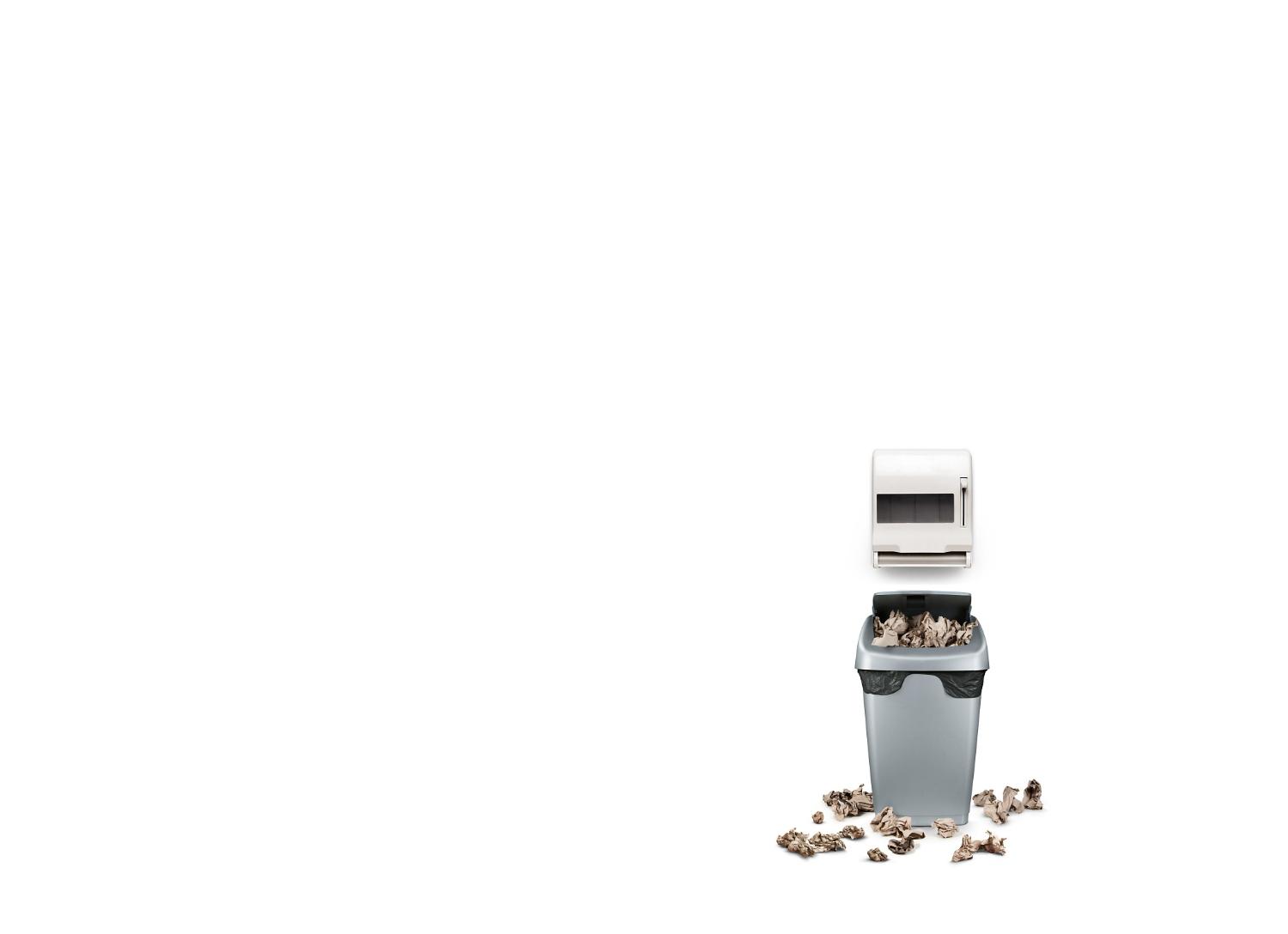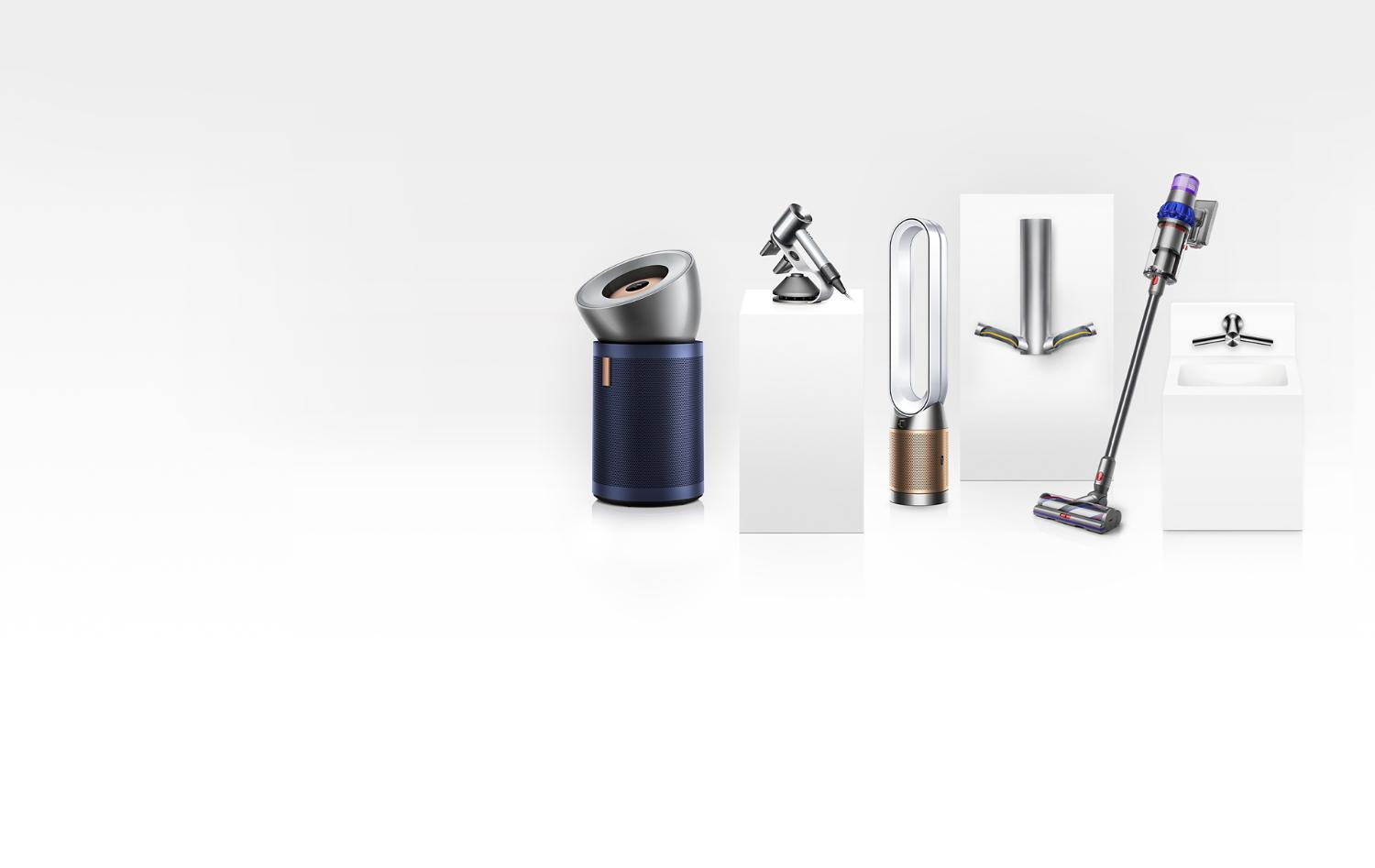
Shedd Aquarium case study


The business
Built on what used to be a landfill site, the John G. Shedd Aquarium first opened its doors in May 1930. Today, it is one of the world's largest indoor aquariums, home to more than 32,000 aquatic creatures from around the globe.

The problem
The aquarium launched an ambitious sustainability plan which included installing hand dryers to reduce waste from paper towels. Soon enough, they started experiencing noise issues with the hand dryers which were disturbing guests during large events – they even had to turn them off to reduce noise.

The solution
Robert Wengel, Vice President of Facilities, was excited to learn about Dyson's sound improvements with the Dyson Airblade dB hand dryer. Dyson engineers significantly reduced air rush noise and incorporated Helmholtz silencers to absorb the unpleasant frequencies produced by the motor – making it quieter.¹
-
Quick and easy maintenance
Other hand dryers can take up to 24 seconds to dry hands. The Dyson Airblade dB hand dryer uses two high-velocity sheets of air to scrape water from hands – drying hands in 12 seconds.²
-
Acoustically re-engineered
The Dyson Airblade dB hand dryer has been acoustically re-engineered to be quieter than the original Dyson Airblade™ hand dryer.
-
Lower environmental impact
Up to 71% less expensive to run than other hand dryers.³ Up to 98% less than paper towels,³ with up to 78% less CO₂.⁴ Creating a better environment in your restrooms and in the world outside.

- 1 Loudness reduction compared to the original Dyson Airblade V hand dryer.
- 2 Dry time determined using Dyson test method 769 based on NSF P335 using a measurement of 0.1g residual moisture.
- 3 Average electricity price $0.1/kWh as of July 2021. For calculations visit www.dyson.com/calcs
- 4 The environmental impact of electrical appliances and paper towels was measured by Carbon Trust. The calculations were produced using the software Footprint Expert Pro, based on product use over 5 years and using weighted averages of individual countries of use. Dry times for product were evaluated using DTM 769.

